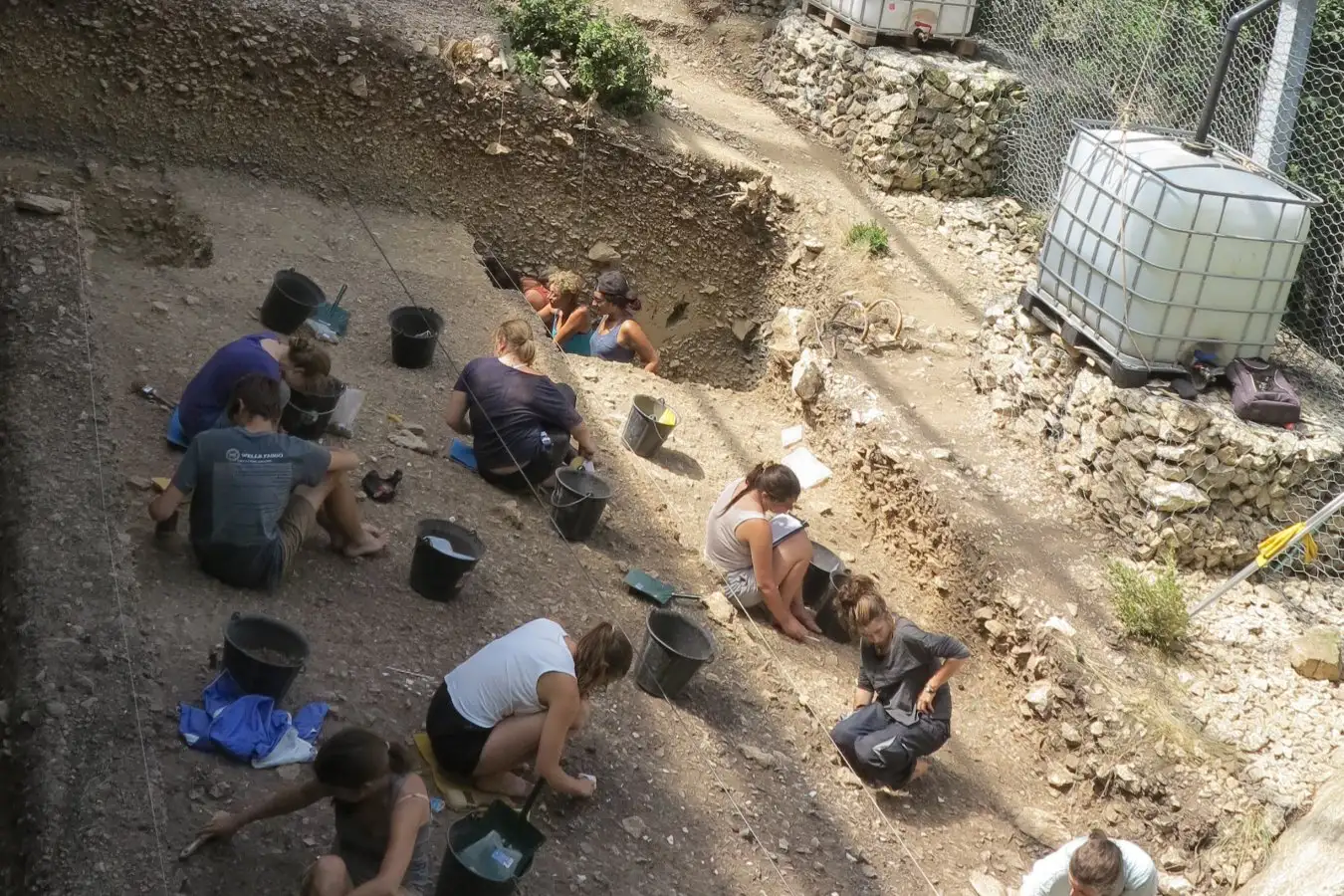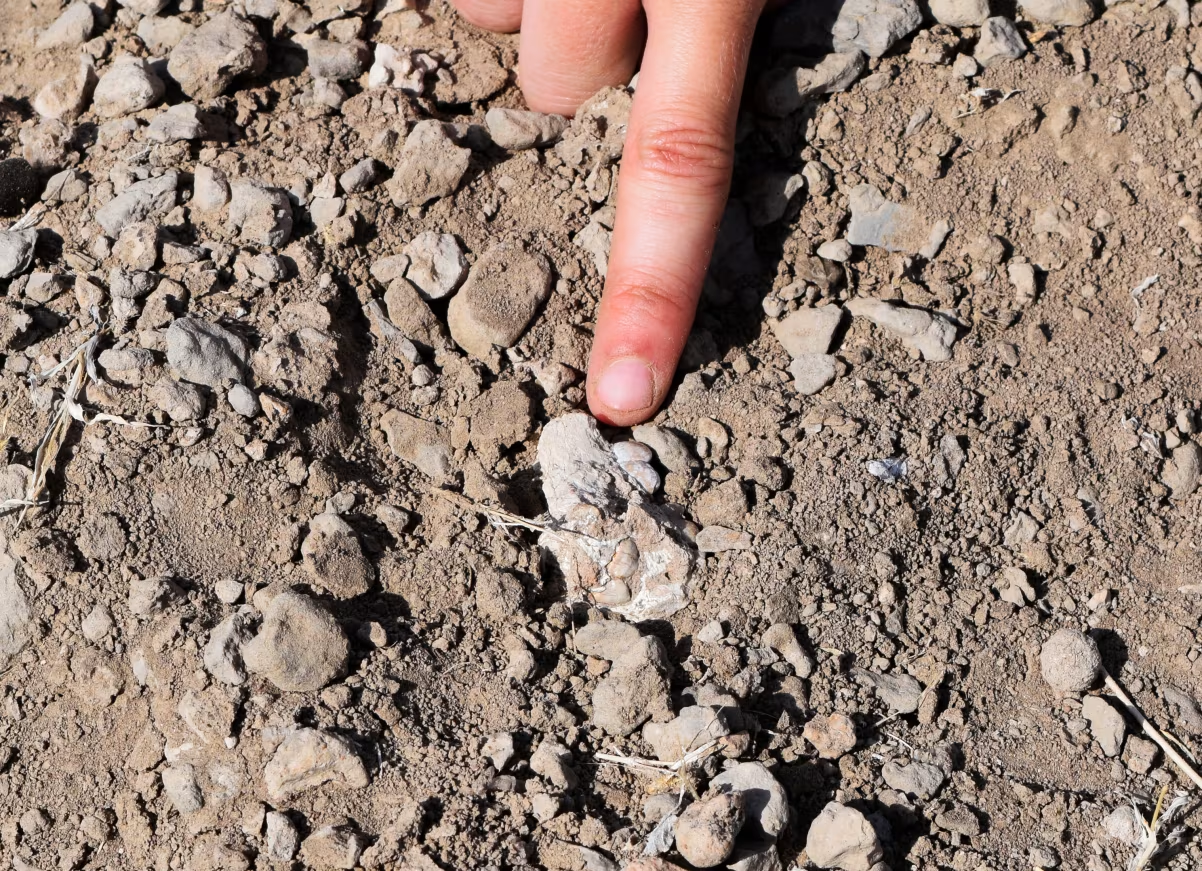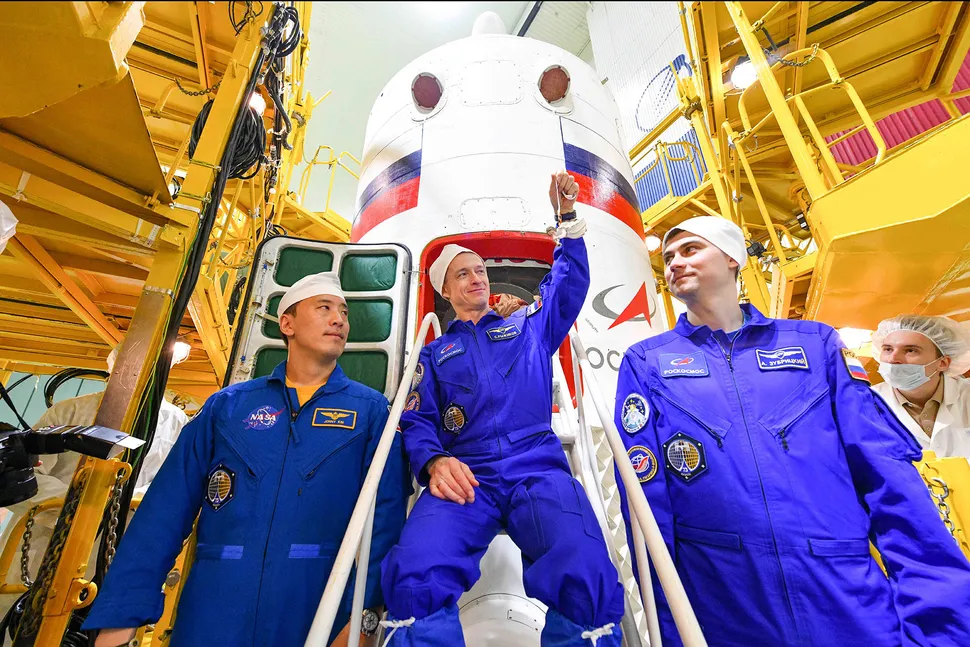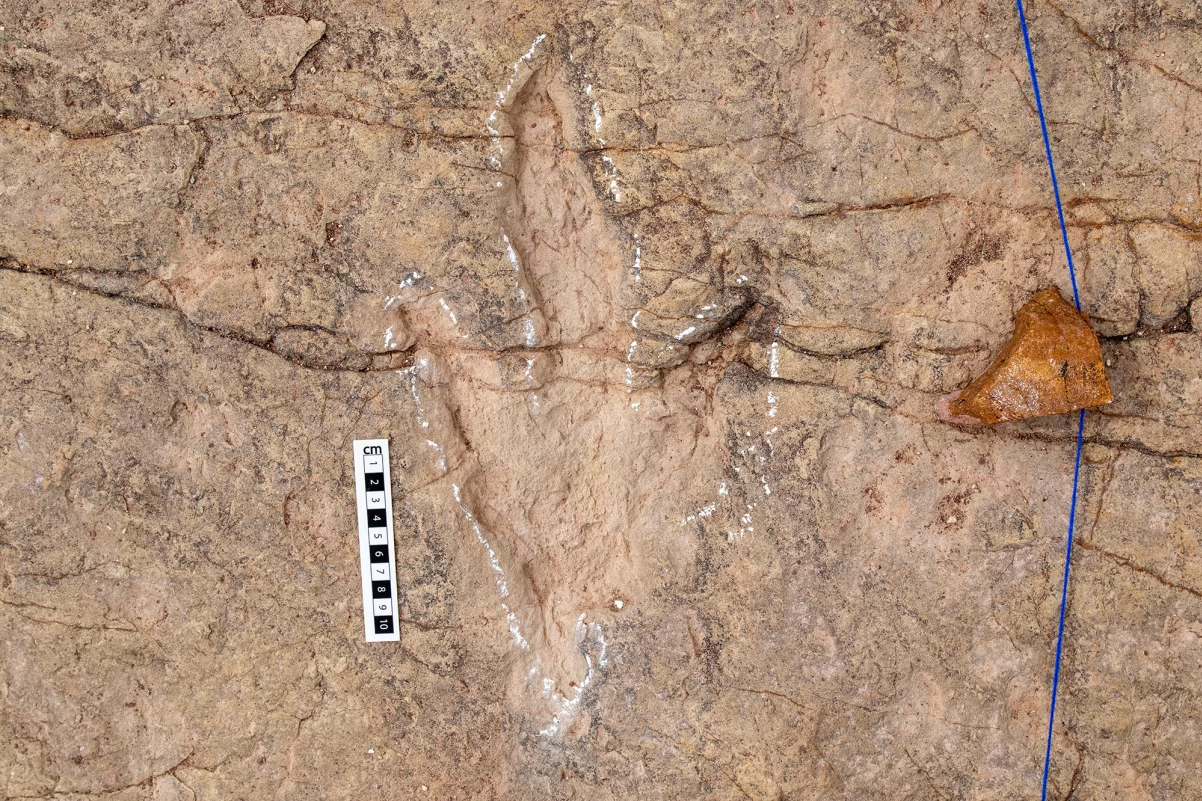Archaeologists have uncovered a remarkable prehistoric site that sheds new light on how Neanderthals processed food—and it’s nothing short of groundbreaking.
A 125,000-year-old location in Germany has revealed evidence of an ancient Neanderthal “fat factory,” where these early humans systematically broke animal bones to extract rich, greasy marrow and bone fat. This find provides one of the clearest signs yet that Neanderthals were highly skilled in survival strategies during the harsh Ice Age environments they inhabited.
A Glimpse into Neanderthal Ingenuity
The site, located in the Harz Mountains, revealed a dense concentration of large animal bones—mostly from bison and horses—that had been intentionally fractured. But what makes this site truly remarkable isn’t just the broken bones. It’s the patterns and consistency in the breakage that point to something much more organized than random scavenging or simple butchery.
Archaeologists believe Neanderthals used large stones or wooden tools to crush the bones and then boiled or heated them to extract the fatty residue known as bone grease. This grease is calorie-dense and could be stored or mixed with meat and berries to form an early version of a survival food, somewhat like ancient pemmican.
The Science Behind the Find
Studies of the marks on the bones showed repetitive, focused hammering, not just chaotic smashing. This indicates a standardized process, hinting at the kind of long-term planning and food storage we typically associate with more recent human ancestors. Some bones even had signs of being reheated multiple times, suggesting a deliberate method to maximize fat extraction.
Fat, especially during colder seasons, was an essential energy source. Neanderthals likely relied heavily on this bone grease during periods when fresh meat or plants were scarce.
Rewriting the Image of Neanderthals
For years, Neanderthals were unfairly viewed as brutish, simple-minded cave dwellers. But discoveries like this continue to paint a very different picture—one of intelligent, adaptive, and resourceful humans capable of complex food preparation techniques and forward-thinking strategies.
Rather than being passive hunters or opportunistic scavengers, this new evidence suggests Neanderthals actively processed food with efficiency, perhaps even preparing rations that could last through leaner times.
More Than Just Meat Eaters
This discovery also raises new questions about the social structure of Neanderthal groups. Could this fat factory have been part of a communal effort? Was this food stored, shared, or used for trade with other groups? While we may never know the full extent of Neanderthal social organization, the evidence of repeated activity at the site suggests that food processing was a regular and essential task.
Conclusion
This ancient bone-processing site adds to a growing body of research proving that Neanderthals were far more sophisticated than once believed. From creating tools to extracting every last bit of nutrition from their environment, they were true masters of survival. As science continues to uncover their secrets, it becomes increasingly clear that Neanderthals were not just a side branch of human evolution—but intelligent, capable, and deeply adapted to their world.
















Leave a Reply